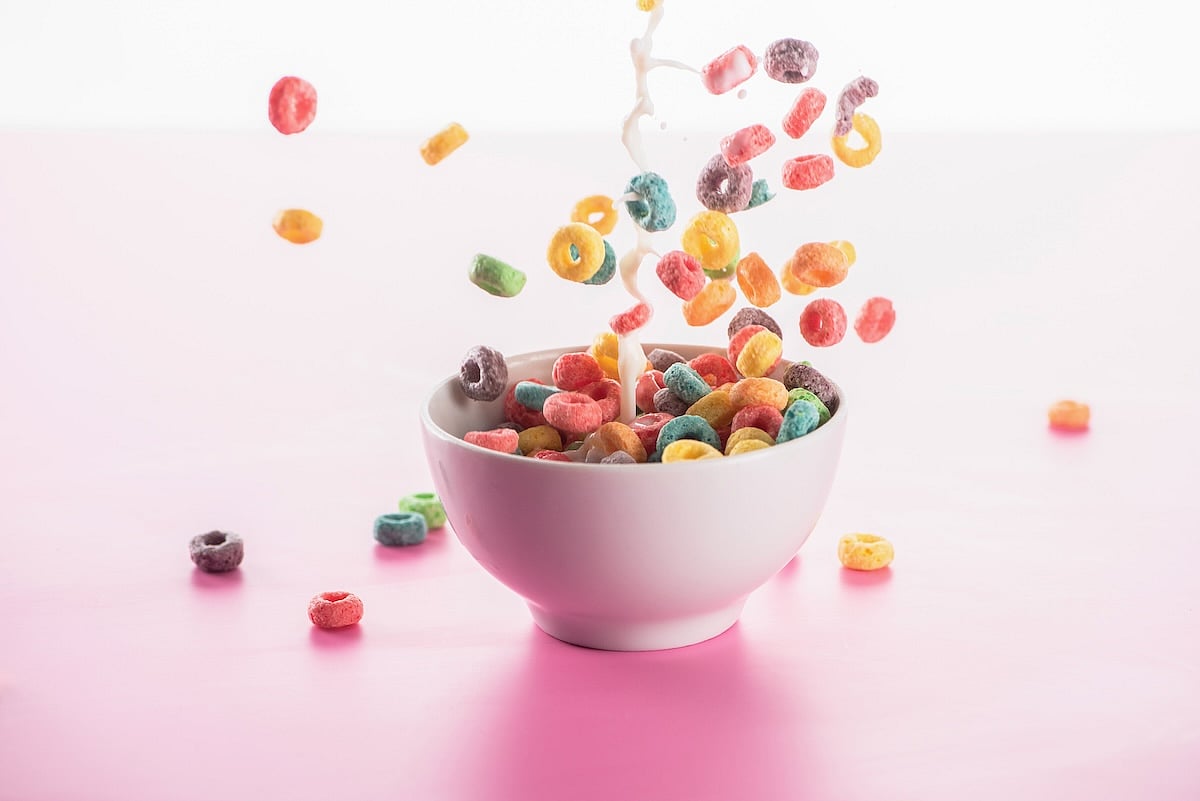Get Healthy!

- I. Edwards
- Posted May 22, 2025
Sugar, Fat and Salt on the Rise in U.S. Breakfast Cereals, Study Shows
THURSDAY, May 22, 2025 (HealthDay News) — They’re a go-to breakfast for millions of kids and adults. They’re brightly colored, packed in enticing boxes and often marketed as healthy — but many cereals today are actually less nutritious than they were a decade ago, a new study has found.
Breakfast cereals in the U.S. now contain more sugar, fat and salt, while key nutrients like protein and fiber are on the decline, according to research published May 21 in JAMA Network Open.
The study looked at 1,200 newly launched or reformulated cereals sold between 2010 and 2023.
Researchers found that while these cereals are often promoted as healthy, their nutrition labels tell a different story.
“What’s most surprising to me is that the healthy claims made on the front of these products and the nutritional facts on the back are actually going in the opposite direction,” study co-author Shuoli Zhao, a professor of agricultural economics at the University of Kentucky, told The New York Times.
The study found that, per serving, total fat in breakfast cereals rose by 34%, sodium by 32%, and sugar by nearly 11% over the 13-year period.
This trend concerns experts because ready-to-eat cereals are a major part of the American diet, especially for kiddos, The Times reported.
Nearly one-third of children eat cereal each morning, according to the U.S. Department of Agriculture. But only 15% eat fruit with their meal, and just 10% of kids eat eggs.
Dr. Peter Lurie, head of the nonprofit Center for Science in the Public Interest, called the results surprising.
“It’s extraordinary that, at a time when Americans are becoming more health conscious, a product often marketed as offering a healthy start to one’s day is actually getting less healthy,” Lurie told The Times.
Some nutrition experts say the food industry creates confusion.
“It reinforces my belief that the food marketplace is very confusing, and that’s not by accident,” said Josephine Connolly-Schoonen, head of the nutrition division at Stony Brook Medicine in New York, who was not involved with the study. “The food industry engineers the confusion.”
She encourages families to focus on whole foods like overnight oats, eggs, fruit and whole-grain bread.
The three largest cereal makers in the U.S. — Kellogg's, General Mills and Post — did not respond to The Times' requests for comment.
U.S. cereal makers do produce healthier versions of some brands in countries like Canada and in Europe.
Meanwhile, cereals served in U.S. schools have become more nutritious thanks to a 2010 federal law. New rules limiting sugar in school cereals take effect this summer, with even stricter rules coming in 2027, the School Nutrition Association says.
Diane Pratt-Heavner, a spokesperson for the group, said she hopes food makers will offer these healthier products to the general American public.
“If we’re encouraging kids to eat healthier at school,” she said, “then we want them to be eating healthier at home too.”
More information
KidsHealth has a list of breakfast ideas for kids.
SOURCE: The New York Times, May 21, 2025
